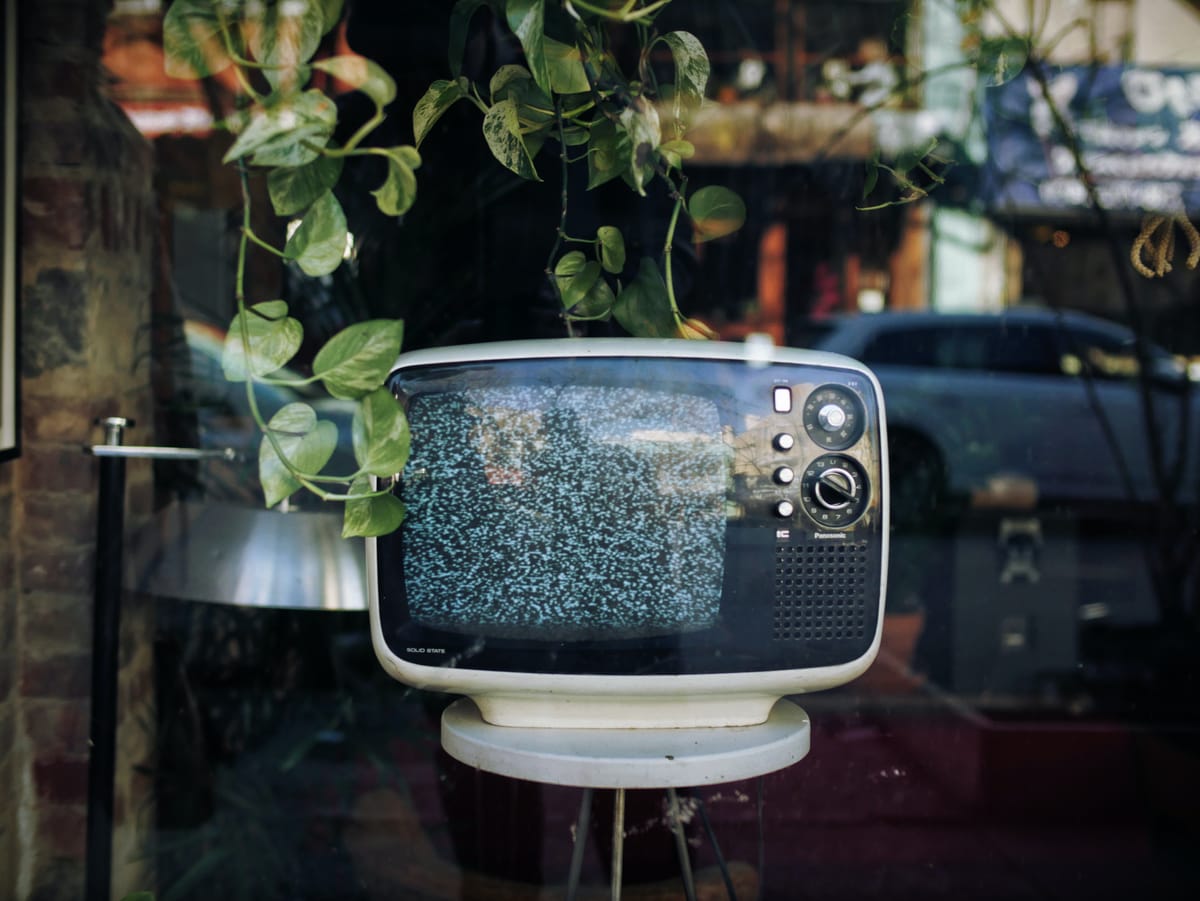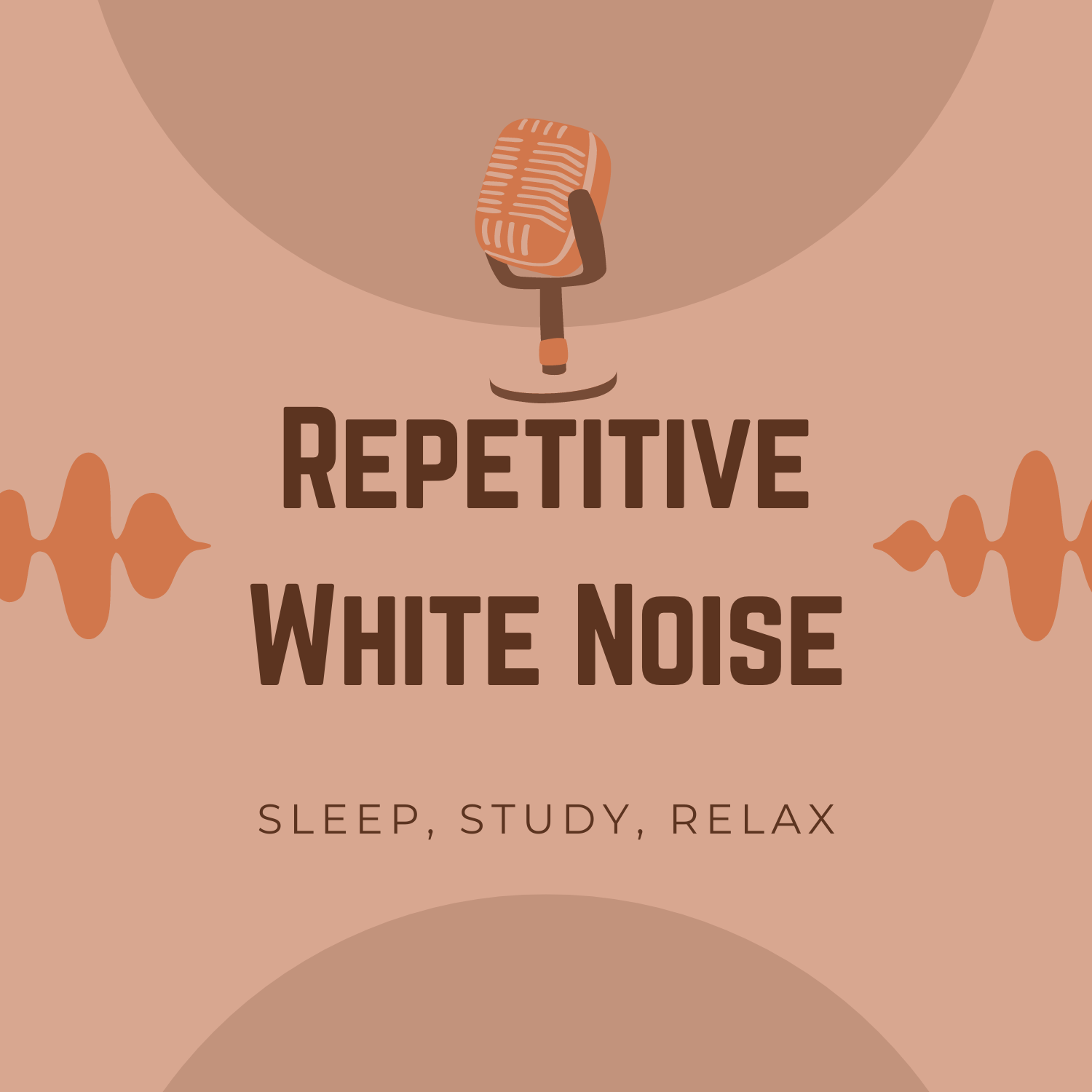I will never make $18,000 a month with nothing but white noise
Checking in on my white noise podcast one year later

The timeline
June 1, 2022. Ashley Carmen, podcast reporter for Bloomberg, publishes “Spotify Podcasters Are Making $18,000 a Month With Nothing But White Noise,” a story about the burgeoning market of calming noise podcasts designed to help people fall asleep.
June 2, 2022. Inspired by the promise of easy riches, the mysterious White Noise Man #1 publishes the first two episodes of “Repetitive White Noise for Sleep,” a white noise podcast promising to “help you sleep, study, or relax,” utilizing Anchor, Spotify’s free podcast host and monetization platform.
July 30, 2022. After achieving the prerequisite download requirements for monetization, White Noise Man #1 receives his first daily payout for ads on his podcast: a cool $0.01.
November 12, 2022. It becomes clear that White Noise Man #1 has quickly lost interest in “Repetitive White Noise For Sleep,” with just three episodes published in the last three months.
March 21, 2023. Anchor is now Spotify for Podcasters. Monetization requirements have changed, and “Repetitive White Noise for Sleep” no longer has enough listeners on Spotify to qualify. White Noise Man #1 receives his last $0.01 payout.
June 13, 2023. Just over a year after his first white noise episode, White Noise Man #1 reveals his identity to the world… as Night Water author Adam Cecil.
The numbers
All statistics are reported as of June 13, 2023.
Number of episodes: 15
All-time plays: 1732
Average plays per episode: 115
Top three episodes:
- 8 hours of harsh white noise to block out the world while you sleep (394 downloads)
- 8 Hours of Pure White Noise for a Full Night’s Restful Sleep (256 downloads)
- White Noise With Subliminal Messages For Full Night’s Restless Sleep (210 downloads)
Top three countries:
- United States (58% of downloads)
- Australia (10% of downloads)
- United Kingdom (6% of downloads)
Top three platforms:
- Apple Podcasts (35.1% of downloads)
- Spotify (17.8% of downloads)
- Castbox (11.7% of downloads)
Total advertising revenue: $10.08
The things White Noise Man #1 could’ve done differently
More episodes, on a regular schedule
With just 15 episodes, published haphazardly on an irregular schedule, I didn’t set up “Repetitive White Noise for Sleep” for success, especially in a highly competitive white noise marketplace. Publishing on a regular schedule is probably more important than the sheer number of episodes, but the lack of new content probably didn’t help attract new listeners.
Republish old episodes to keep feed fresh
Competing white noise podcasts frequently republish standard episodes—such as plain white or pink noise—so that they’re at the top of their feeds. I think the trick here is to think of the podcast more as a service than a traditional feed. Listeners will only come when they want white noise, and you want to make sure that it’s easy to find and access the most popular content. Returning, loyal listeners won’t mind scrolling a bit if they need variation.
More inspiring cover art

Turns out, using the first template you find on Canva might not be the most attractive visual representation for your podcast.
Use the same white noise combined with different ancillary sound effects
Rainstorms. Driving at night. Wind chimes. Crackling fire. On their own or combined with white noise, these sounds can be very soothing to fall asleep to. I did not utilize any of these common sleep sounds, though I did add subliminal messages from the Book of Revelations, pitched down and played at 0.25x speed, to a few episodes.
Better SEO research
Along those same lines, I could’ve done better research on SEO keywords that listeners would be searching for in combination with white noise. “White noise” is not enough, given how competitive the marketplace is, and no one was searching for white noise with subliminal messages. I did try to title one of the episodes in Spanish, thinking it might expand my audience, but it did not gain significantly more downloads than other episodes.
Focus on Spotify listeners
While Spotify for Podcasts (née Anchor) can monetize all of your downloads, only listens on Spotify count towards monetization minimums. So while I’m happy that Apple Podcasts users found “Repetitive White Noise for Sleep” useful, it doesn’t help me that it’s my number one source of downloads. I could’ve focused more on gaining listeners on Spotify’s platform, potentially by creating curated playlists, which are favored in search results, or by buying in-app ads.
The conclusion
There are no easy riches in this world, especially in the realm of white noise podcasts. When that article came out, many of my colleagues in podcasting expressed the same sentiment—We’ve been doing this wrong! We’ve been working on stories and research and high production values when really, we should’ve just been making noise.
But the folks at the top of the white noise game are hustling, and if you want to compete, you can’t half-ass it like White Noise Man #1 (half-ass might even be generous—quarter-ass?).
I’ll never make $18,000 per month from white noise, and it probably wasn’t worth even the minimal trouble for the $10.80 (a figure easily dwarfed by how much money I’ve wired to Spotify in subscription fees). Was it worth it for the experience, for the learnings, for the Night Water content? I’ll leave that to readers to judge.




